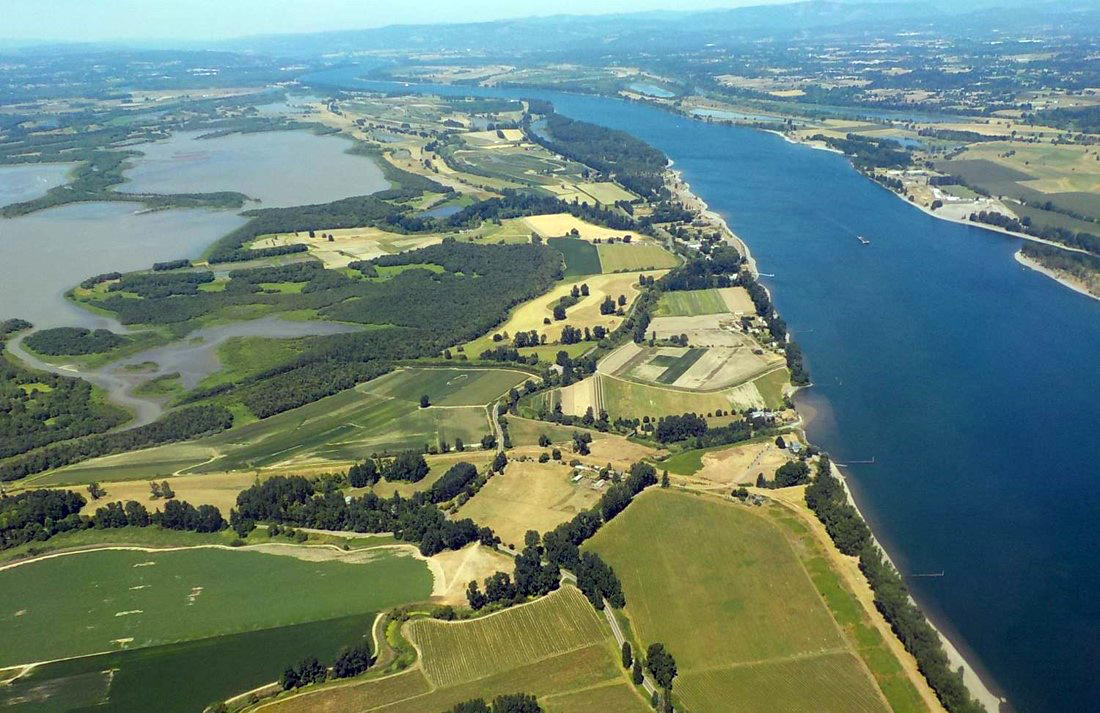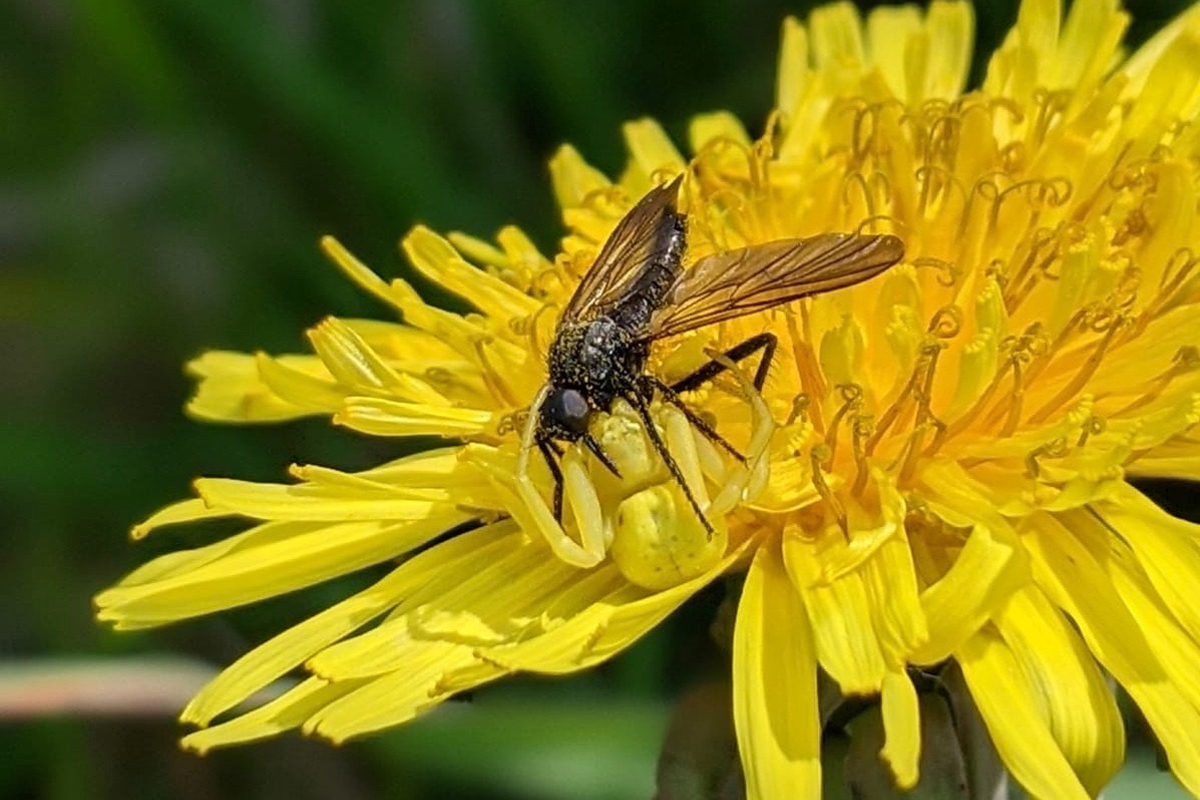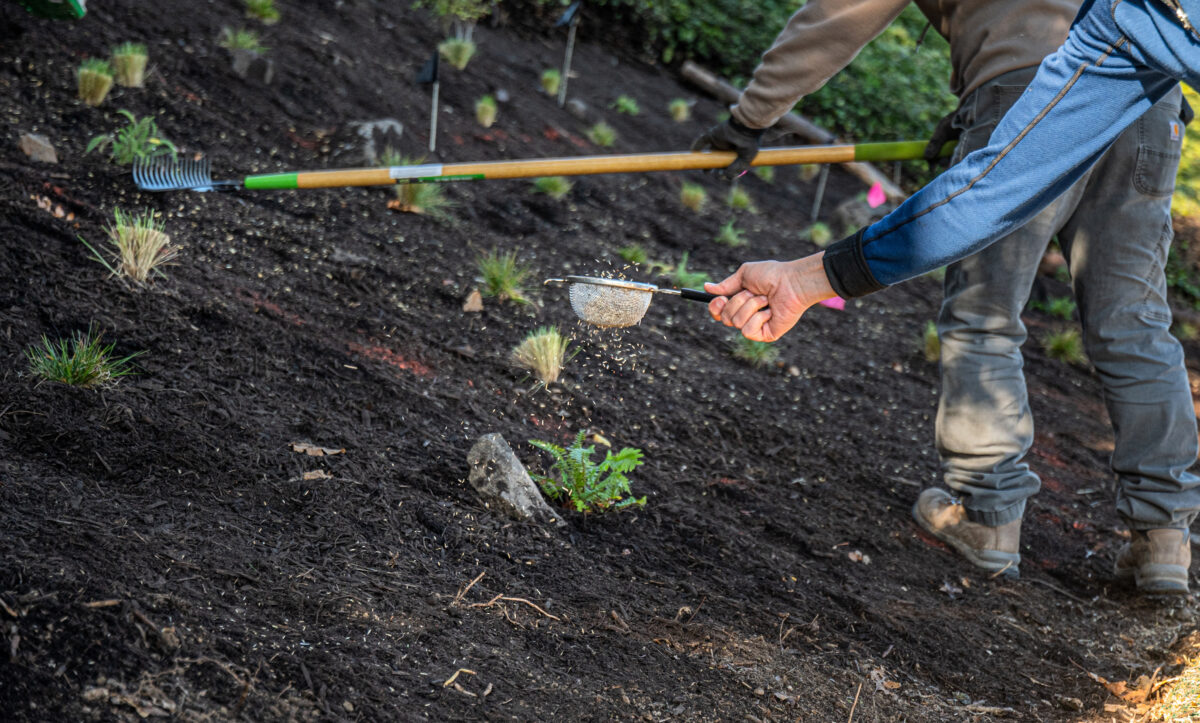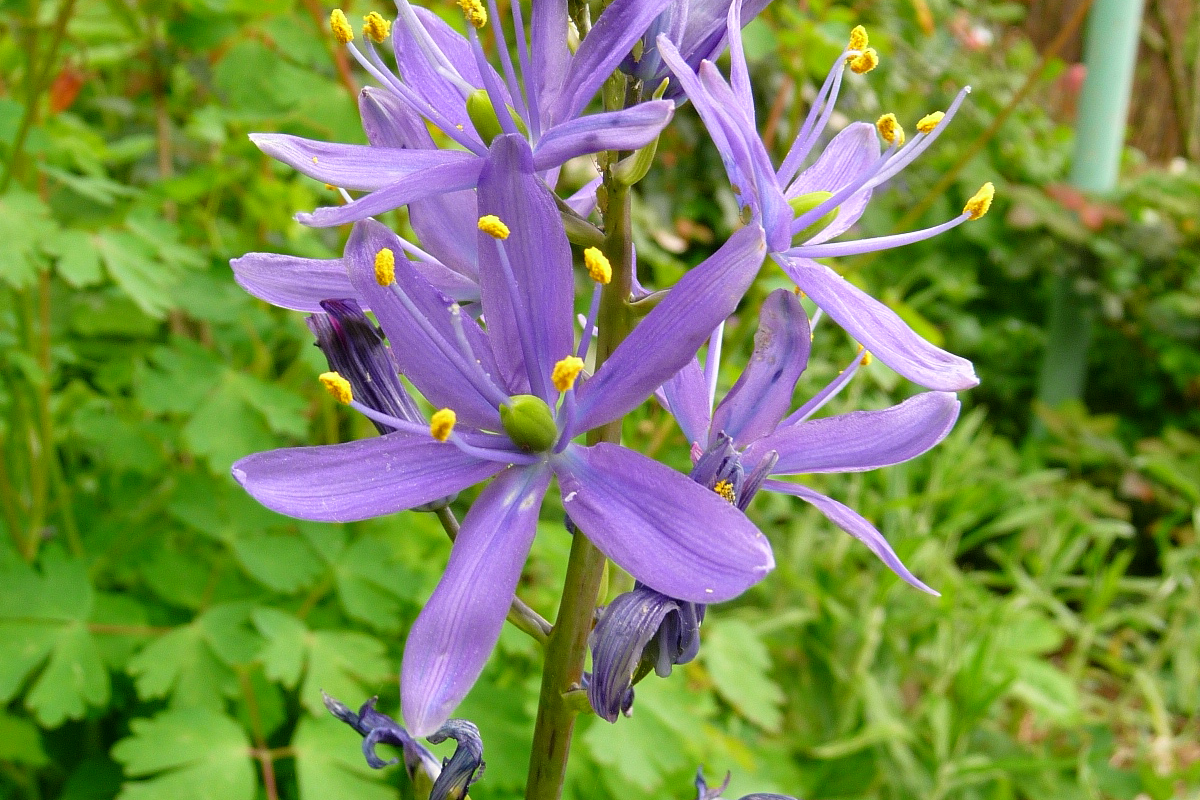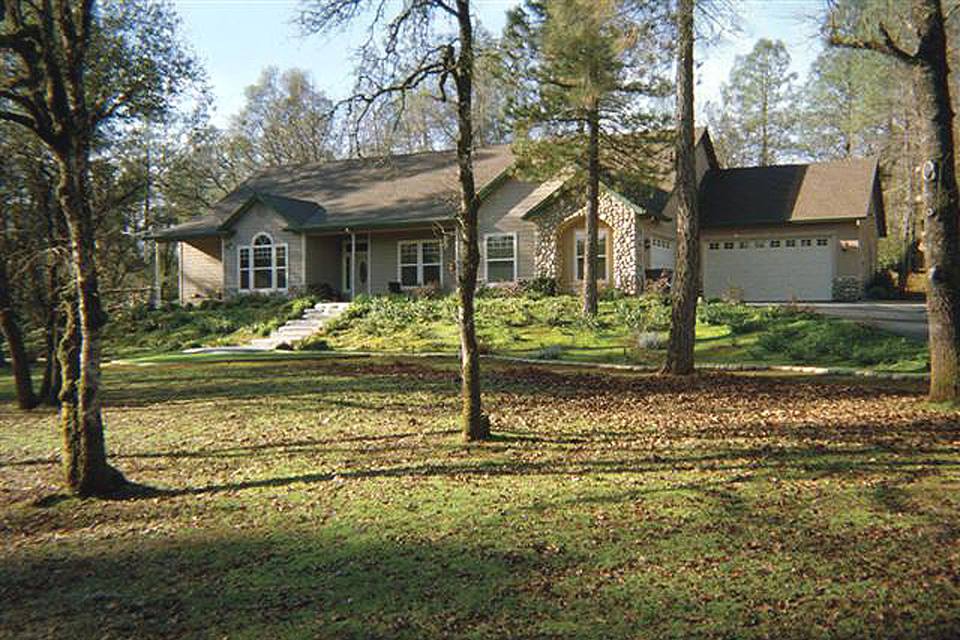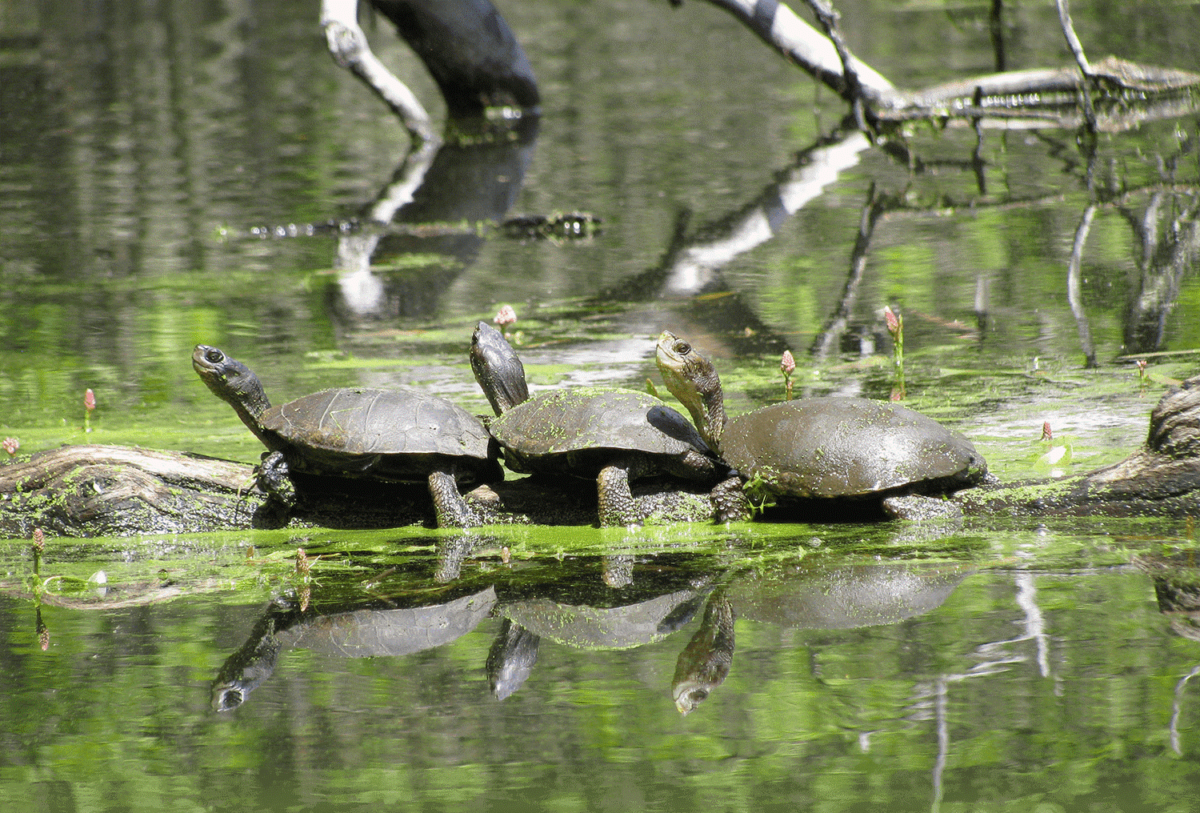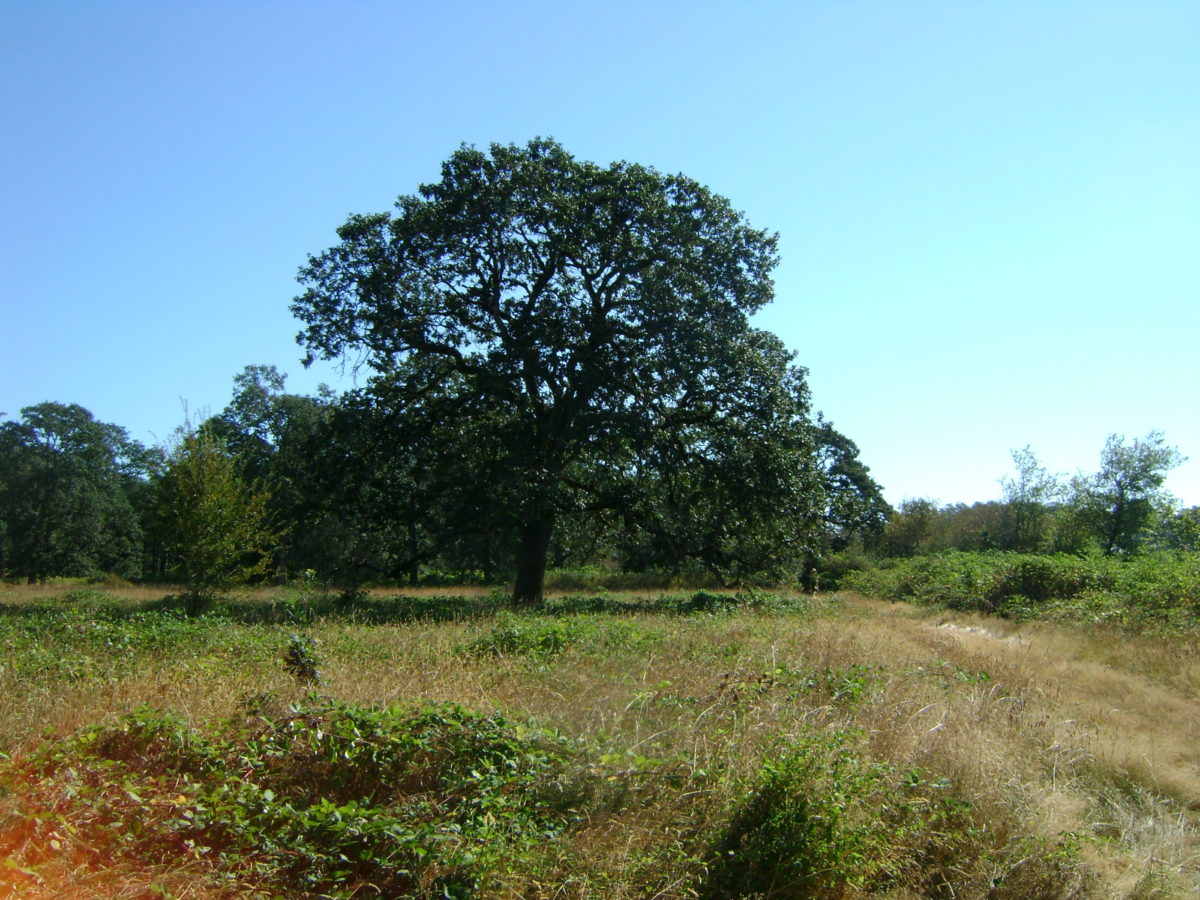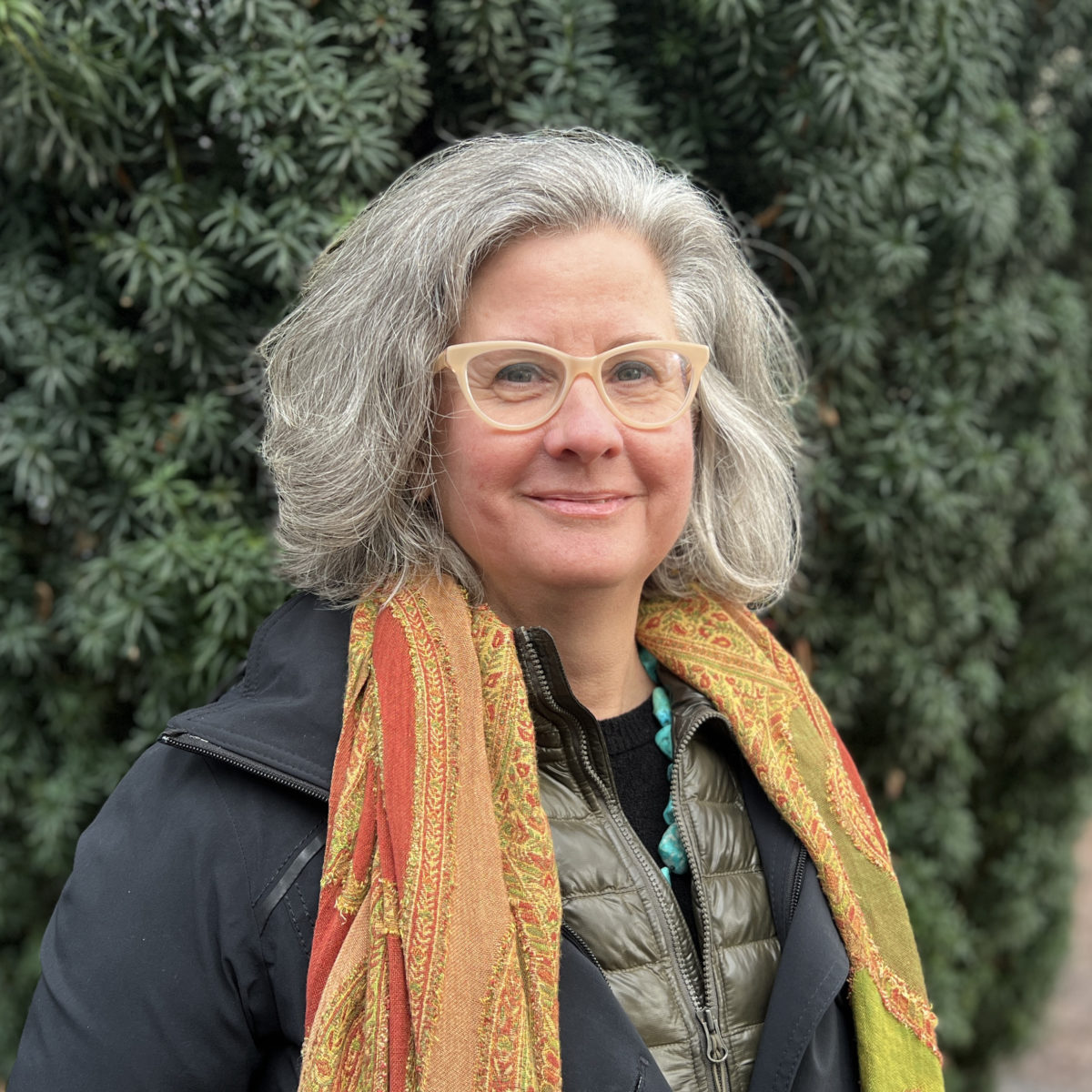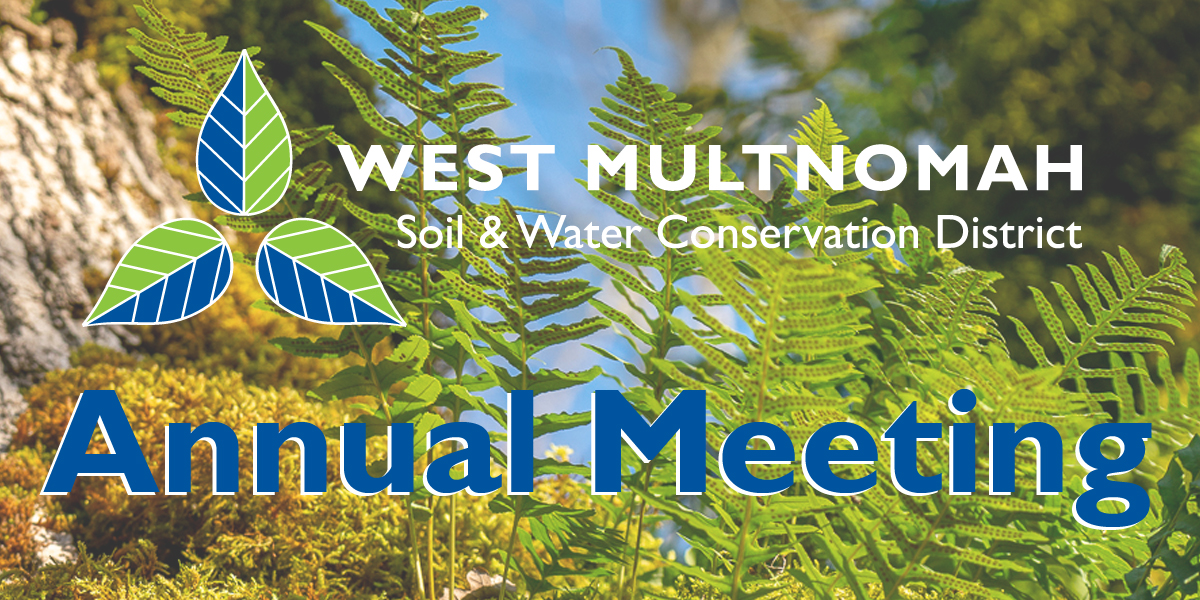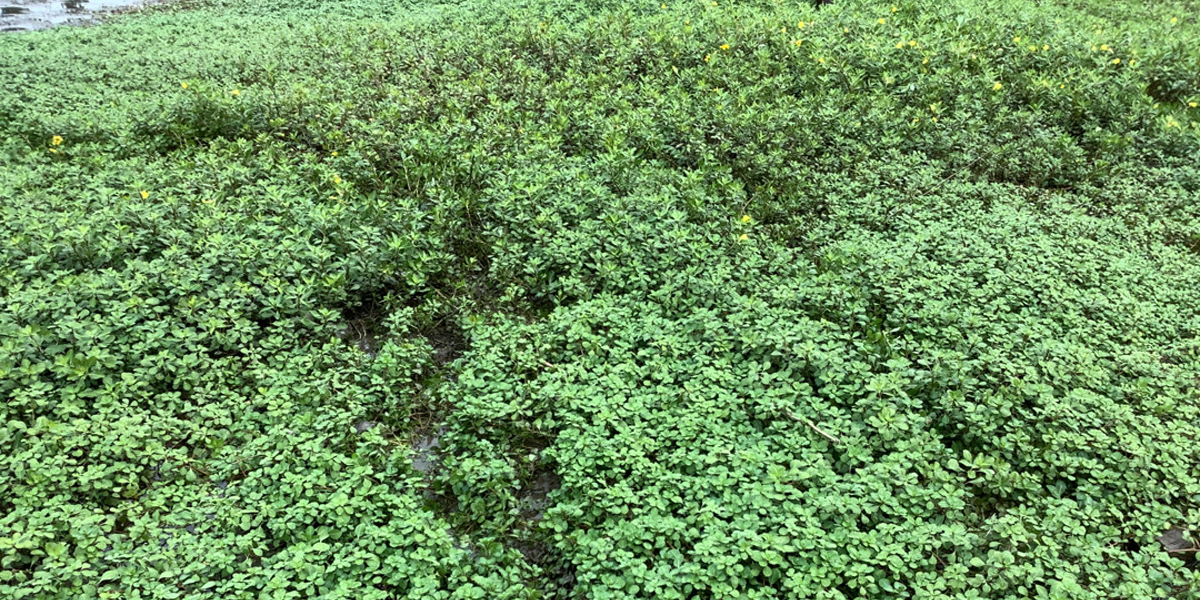Posts by WMSWCD Admin
Are you interested in serving as an Associate Director?
The West Multnomah Soil & Water Conservation District Board of Directors can appoint Associate Directors to contribute additional expertise and energy to the board. What is the role of an Associate Director? Associate Directors are volunteers who reside within the District’s service area. They serve as non-voting members of the Board of Directors. Their input…
Read MoreHow to create and maintain wildlife habitat on your land
There are many things you can do to attract wildlife to your property and improve existing wildlife habitat: Want to improve wildlife habitat on your forest land? The Woodland Fish and Wildlife publication series is for you. A variety of practical “how to” publications are written just for small forest owners in the Pacific Northwest: If you…
Read MoreActions you can take to reduce the impacts of climate change
Tackling climate change might seem like an impossible challenge, but it’s not too late to take positive action. There is still hope! How we use and care for the land around us can reduce dependence on greenhouse gas producing chemicals, use less water, and capture carbon in the soil. Consider making a few small changes…
Read MoreWhen in drought, choose native plants
A native plant is indigenous to a specific location. This includes trees, flowers, grasses and other plants that are naturally found (or have existed for many years) in the area. Incorporating native plants throughout your landscape benefits local wildlife and fosters biodiversity. Not only are native plants preferred by native birds, bees and other wildlife, they…
Read MoreHow to prepare your family and home for wildfire
As summers grow longer and hotter from climate change, wildfires are burning hotter and longer and are increasingly destructive. If you live in a suburban neighborhood, near Forest Park or other large forested area, or in the more rural reaches of Multnomah County, you need to be ready for fire near your home. In 1940…
Read MoreWinner of the Distinguished Budget Presentation Award
We are pleased to announce that the Government Finance Officers Association (GFOA) has again awarded our District the Distinguished Budget Presentation Award, this time for our fiscal year 2022-2023 budget. This is the third consecutive year that we have been awarded this honor, and reflects the commitment of our Board of Directors and staff to meeting…
Read MoreSeeking community members to join our Budget Committee
West Multnomah Soil & Water Conservation District is a local government public service district that provides resources, education, and expertise to inspire people to actively improve air and water quality, fish and wildlife habitat, and soil health. Our service territory includes Multnomah County west of the Willamette River, all of Sauvie Island including the Columbia…
Read MoreWelcome our new District Manager, Lynn Barlow
We are very pleased to share that Lynn Barlow has joined us as our new District Manager. Lynn joins our team with over 24 years of experience in the conservation field. Her career includes 19 years acquiring, managing, and restoring public natural areas with City of Portland, and most recently, nearly four years with the…
Read MoreWelcome our 2023 Climate Change Intern
West Multnomah Soil & Water Conservation District is incredibly fortunate to be hosting Araon Sierras as our second Portland State University (PSU) Institute for Sustainable Solutions (ISS) Louis Stokes Alliance for Minority Participation (LSAMP) Climate Change Intern. During this internship, Araon will be building off the “climate lens” work completed by last year’s intern, in…
Read MoreWMSWCD Budget & Fiscal Manager Hiring Announcement-2022
Who We Are The West Multnomah Soil & Water Conservation District is a publicly funded local government (special district) conservation organization located in Portland, Oregon. Our mission is to provide resources, information, and expertise to inspire people to actively improve air and water quality, fish and wildlife habitat, and soil health. We do this by…
Read More2022 Annual Meeting
(PHOTO BY PAT WELLE) Join us for our 2022 Annual Meeting! Date & Time: Tuesday, November 15, 2022 beginning at 6:00 pm Location: Lucky Lab, 1945 NW Quimby St, Portland, OR 97209 Agenda: Present annual report Present annual awards: Following the Annual Meeting, the Board of Directors will hold the November board meeting beginning at…
Read MoreLudwigia is on the loose!
If you’re boating around Portland’s rivers, you may see one of the Ludwigia aquatic plant species that live here. There is one native species (Ludwigia palustris) and two non-native species (Ludwigia peploides and Ludwigia hexapetala), also known as water primrose, all of which look fairly similar. Non-native Ludwigia species are on our “Early Detection and…
Read More